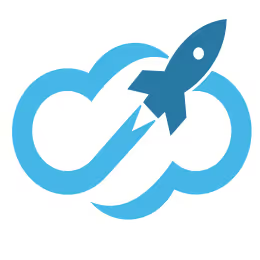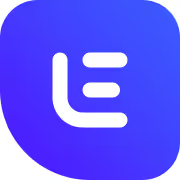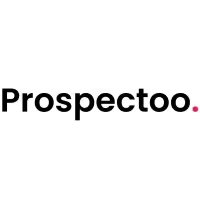What is LinkedIn scraping?
LinkedIn scraping extracts public LinkedIn data like profiles and job posts for research or sales leads.
What can LinkedIn scraping do?
It helps collect contact info, company details, and professional data for marketing, recruiting, or analysis.
How does LinkedIn scraping work?
It uses automated tools to visit LinkedIn pages and collect publicly visible information in a structured format.
Is LinkedIn scraping easy to set up?
Yes, most tools offer simple setup with browser extensions or APIs requiring minimal technical skills.
Is LinkedIn scraping free?
Some basic plans are free, but advanced features usually require paid subscriptions.
What is the common LinkedIn scraping pricing?
Pricing ranges from $20 to $100+ monthly, depending on data volume and features.
What are the types of LinkedIn scraping?
Types include profile scraping, job scraping, company scraping, and contact info scraping.
Does LinkedIn scraping work with email?
Yes, it can find public emails or help generate emails linked to scraped profiles.
What are the best LinkedIn scraping tools?
Popular tools include Phantombuster, Octoparse, and LinkedIn Sales Navigator integrations.
What are common LinkedIn scraping integrations?
Common integrations include CRM software, email marketing tools, and data enrichment platforms.




















